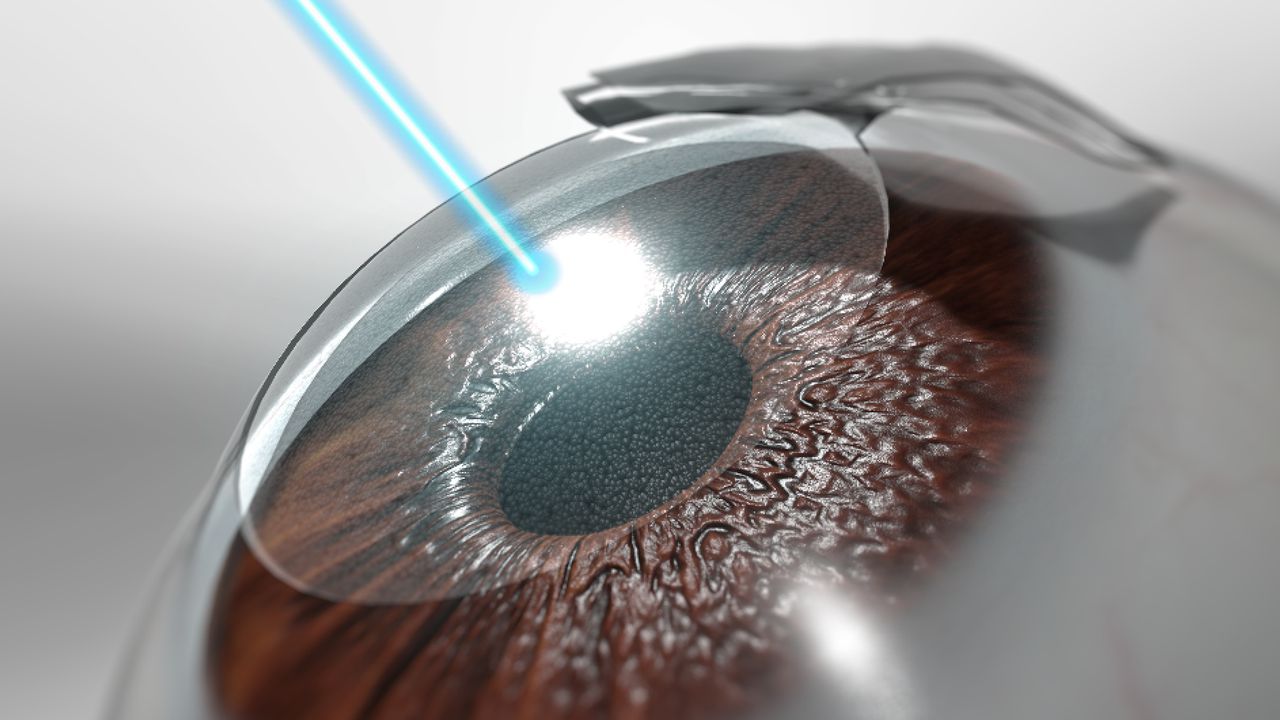Exploring the Benefits of Femto-LASIK over Traditional LASIK
In the realm of vision correction, LASIK (Laser-Assisted In Situ Keratomileusis) has revolutionized the way
people attain clearer eyesight and freedom from glasses or contacts. Traditional LASIK, which involves the use
of a microkeratome blade to create a corneal flap, has been the gold standard for many years. However, recent
advancements in technology have paved the way for Femto-LASIK, a bladeless alternative that offers several
advantages over its traditional counterpart.
Understanding the Basics
Before delving into the benefits of Femto-LASIK, it's crucial to understand how both procedures work.
Traditional LASIK: In this procedure, a surgeon uses a handheld microkeratome blade to create a thin flap on
the surface of the cornea. The flap is then lifted, and an excimer laser is used to reshape the underlying
corneal tissue to correct refractive errors such as nearsightedness, farsightedness, and astigmatism. Finally,
the flap is repositioned, where it adheres back into place naturally.
Femto-LASIK: Also known as bladeless LASIK or all-laser LASIK, Femto-LASIK utilizes a femtosecond laser to
create the corneal flap instead of a blade. This laser emits rapid pulses of light, allowing for precise and
customizable flap creation with minimal disruption to the surrounding tissue.

Benefits of Femto-LASIK
1. Enhanced Precision: One of the primary advantages of Femto-LASIK is its unparalleled precision. The
femtosecond laser creates a more precise corneal flap with greater consistency compared to the handheld
microkeratome blade used in traditional LASIK. This precision contributes to better visual outcomes and
reduces
the risk of complications.
2. Customization: Femto-LASIK offers greater customization options, allowing surgeons to tailor the procedure
to
each patient's unique eye anatomy. The femtosecond laser can create flaps of varying thickness, diameter, and
hinge position, optimizing the treatment for improved visual results and reduced risk of post-operative issues
such as dry eye syndrome.
3. Reduced Risk of Complications: The bladeless nature of Femto-LASIK minimizes the risk of certain
complications associated with traditional LASIK, such as irregular flap creation, flap dislocation, and
epithelial ingrowth. By using a laser to create the corneal flap, Femto-LASIK offers a safer and more
predictable surgical experience.
4. Improved Visual Outcomes: Studies have shown that Femto-LASIK can result in superior visual outcomes and a
higher level of satisfaction among patients when compared to traditional LASIK.
 The advanced technology and
customization options associated with Femto-LASIK contribute to clearer, crisper vision post-surgery.
The advanced technology and
customization options associated with Femto-LASIK contribute to clearer, crisper vision post-surgery.
5. Reduced Induced Higher Order Aberrations (HOAs): Higher Order Aberrations refer to visual distortions
that can affect the quality of vision, such as glare, halos, and starbursts. Studies have shown that
Femto-LASIK may induce fewer HOAs compared to traditional LASIK, leading to improved visual quality,
especially in low-light conditions or nighttime driving scenarios.
From enhanced precision and customization to reduced risk of complications and faster recovery, Femto-LASIK
provides
patients with a safer, more effective, and ultimately more satisfying vision correction experience. As
technology
continues to evolve, the future of refractive surgery looks brighter than ever, promising even better outcomes
for
those seeking to improve their vision and quality of life.